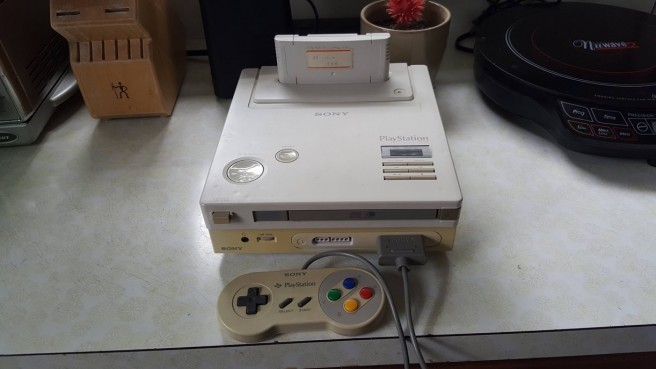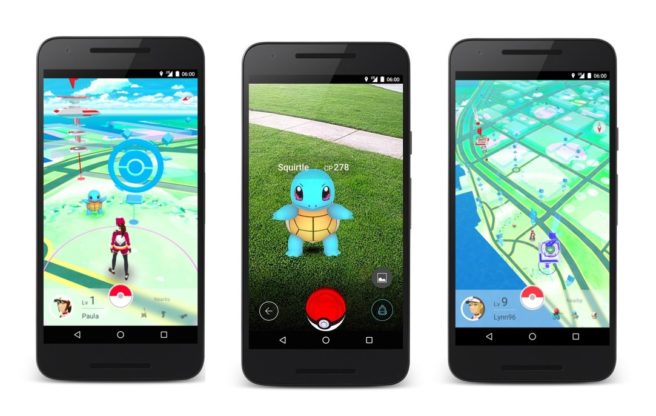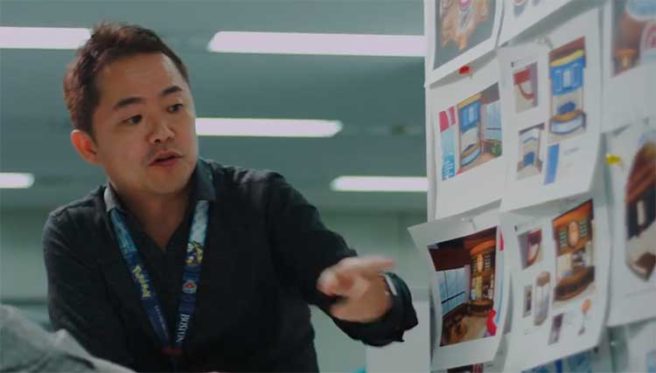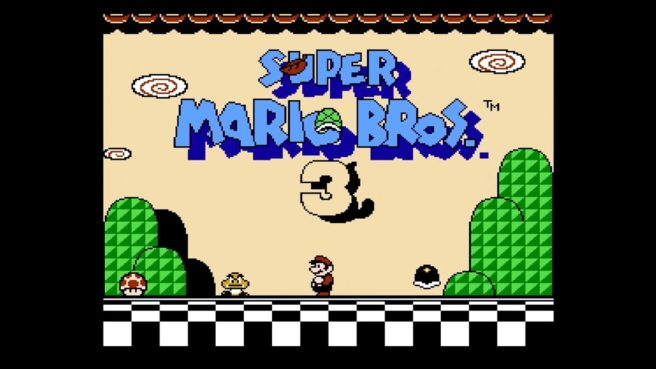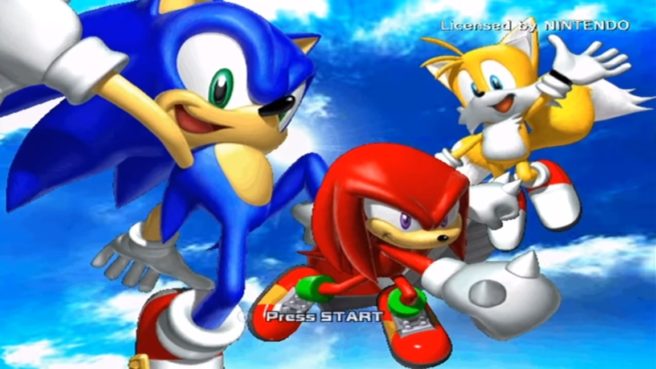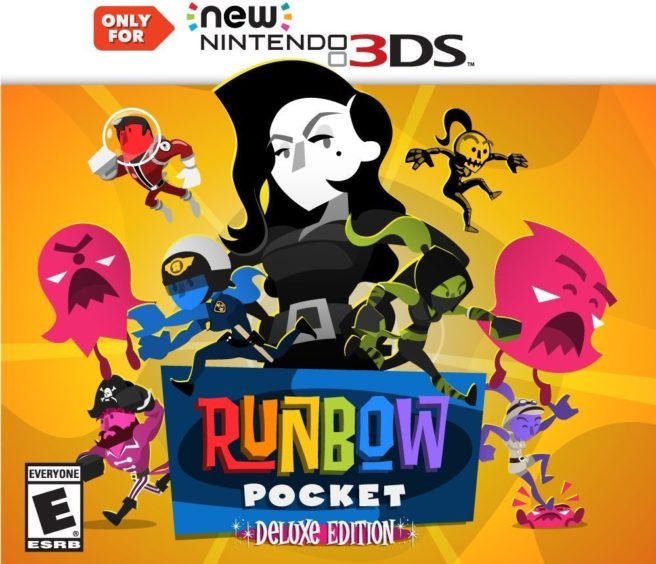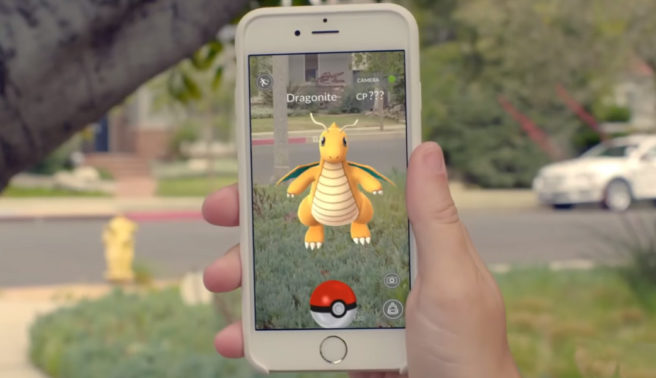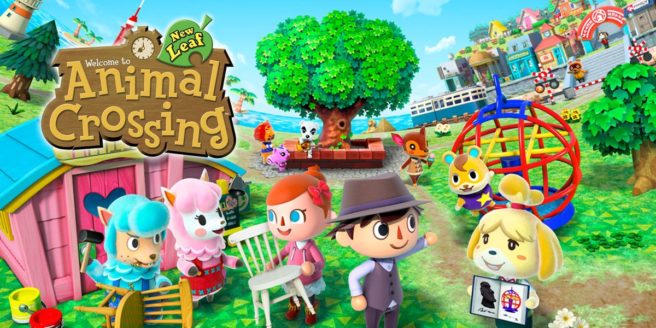Former Sony exec on the cancelled SNES PlayStation CD-ROM, including its last-minute death
Posted on 9 years ago by Brian(@NE_Brian) in General Nintendo, News | 74 Comments
Many, many years ago, Sony was working on the SNES PlayStation. It would have acted as as add-on for Nintendo’s classic console, allowing it to read discs. But unfortunately, it ended up getting cancelled.
Now in a new interview, we have some rare behind-the-scenes information about what was happening with the SNES PlayStation. Dwango head Nobuo Kawakami interviewed Shigeo Maruyama, who was once the the CEO of Sony Music Entertainment as well as the former chairman of Sony Computer Entertainment. Maruyama talked about the situation with the SNES PlayStation and also offered insight into the mind of Ken Kutaragi, who largely was the person who pushed for the device’s development.
Head past the break for our full translation.
Niantic teases a Pokemon GO secret
Posted on 9 years ago by Brian(@NE_Brian) in Mobile, News | 4 Comments
Niantic CEO John Hanke is teasing a secret hidden within Pokemon GO.
“There will always be secrets in the game that no one has found because we’re always adding new secrets to the game,” Hanke told GamesRadar. “There’s one out there right now and we’ll see how that plays out over the course of the next few weeks.”
Sadly, Hanke didn’t elaborate any further. GamesRadar asked if what he was referring to stems from the Halloween update, but Hanke responding by stating: “I am not giving you any clues.”
More: interview, Niantic, Pokemon GO
Game Freak talks Pokemon – fan feedback, making new creatures, cries, new Sun/Moon online features
Posted on 9 years ago by Brian(@NE_Brian) in 3DS, General Nintendo, News | 18 Comments
In its latest issue, GamesMaster published an interview with two of Game Freak’s developers working on Pokemon Sun/Moon. Director Shigeru Ohmori and Junichi Masuda were both interviewed. Ohmori’s comments mainly reiterated what we heard in previous interviews, but many of Masuda’s comments were very interesting.
The Masuda interview was more about Pokemon in general. He talked about fan feedback, the process of making new creatures, plus voice acting and Pokemon cries. If that wasn’t enough, Masuda also dished on a couple of new online features being included in Sun/Moon.
Head past the break for a rundown of some of Masuda’s top comments.
More: interview, Junichi Masuda, Pokemon, Pokemon Moon, Pokemon Sun, top
Producer of the Zelda and Pokemon concerts on how the music is chosen
Posted on 9 years ago by Brian(@NE_Brian) in News | 3 Comments
Jeron Moore is leading the way on Zelda: Symphony of the Goddesses and Pokemon: Symphonic Evolutions as producer of both concerts. Zelda Informer managed to secure an interview with him, and asked several questions about the two shows.
During the interview, Moore was asked about how the music is selected for the Zelda and Pokemon concerts. He shared the following in response:
“Chad and I spend a lot of time listening to all the music and generally we have a good prerequisite knowledge of it. We have our own favorites and we kind of will work for the orchestra and what won’t, what will lend itself better for it. We also like to get the input from whoever we are working with. We worked very closely with Koji Kondo to establish what really even through today’s Zelda Symphony with Master Quest is still a very important part of that show. There is a reason it is still a core part of that show, because it was very carefully designed. The same goes for Pokemon Symphonic Evolutions. Junichi Masuda had a lot of feedback and thought some of our original choices were very interesting and was willing to hear what we wanted to do with it. When he did, he gave us the thumbs up. We try to make it a very collaborative process while also staying true to our passion for bringing to the table, the stage, the orchestra… what really sets us on fire and what gets us excited about the music and the game itself.”
If you’re interested in the full interview, you can listen to it in its entirety below.
More: interview, Jeron Moore, Pokemon, The Legend of Zelda
Miyamoto, Tezuka, Kondo on Super Mario Bros. 3 – scrapped overhead perspective, power-ups, music, more
Posted on 9 years ago by Brian(@NE_Brian) in General Nintendo, News | 6 Comments
Over the past couple of weeks, Nintendo has been publishing new interviews about some of its classic games in celebration of the NES Classic Edition. A couple of these have started to receive official English translations, but one is still untouched: Super Mario Bros. 3. Since it was incredibly fascinating and arguably the most interesting interview out of the bunch thus far, we went ahead and produced our own translation.
Directors Shigeru Miyamoto and Takashi Tezuka participated in the interview, along with composer Koji Kondo. During the conversation, they opened up about how the game was originally planned with an overhead perspective, spoke about the different power-ups including Tanooki Suit’s origins, and touched on the music. Miyamoto also cleared up where the idea for Small Mario came from in the first Super Mario Bros.
Continue on below to read our translation in full.
Takashi Iizuka on the physical toll of making Sonic Heroes
Posted on 9 years ago by Brian(@NE_Brian) in GameCube, News | 25 Comments
The development of Sonic Heroes took its toll on director Takashi Iizuka, who is also the head of Sonic Team. Iizuka spoke to Game Informer this month about how difficult it was to create, even labeling it as the most stressful project of his career.
Iizuka was located in the United States as Sonic Heroes was being created. Meanwhile, the rest of the team was based in Japan. Mismanagement was also a major issue.
More: interview, SEGA, Sonic Heroes, Takashi Iizuka, top
13AM Games on why Runbow Pocket won’t have local multiplayer and StreetPass
Posted on 9 years ago by Brian(@NE_Brian) in New Nintendo 3DS, News | 8 Comments
13AM Games recently came out and said that Runbow Pocket won’t include local multiplayer or StreetPass support. Instead, the team opted to focus on online multiplayer.
Nintendo Life has now received an explanation from 13AM Games as to why local multiplayer features won’t be included. Here’s what the studio had to say:
The way multiplayer options work on the 3DS and New 3DS can go one of two ways… “local multiplayer features” and “online multiplayer.” Local multiplayer features like StreetPass and Local Play use Nintendo’s NEX servers and API and online multiplayer servers work the way we have things in Runbow.
We’re one of the first teams to bring a Unity title to New 3DS. We already faced a few challenges scaling down the game to fit the full Runbow experience, single player and all, into a smaller machine, and on top of that adding different types of networking to our already complex netcode was a risk that we were not comfortable taking. We were left with a choice: Use the online system we already have in place, something that we know works and is fun, or uproot the code and build it for local features instead, while these features were still being added to the Unity engine. The latter option produced an unknowable: how long would this take us? Will it work? How many New 3DS owners are friends with New 3DS owners in the same square mile? Unity has done a great job in helping us with whatever direction we wanted to go, but at the end of the day we thought it was of greater value to our players to give them an online experience where they can play with anyone, anywhere in the world, just like the original Runbow.
Instead of having to find other New 3DS owners, you and your friends can jump into an online game of Runbow anywhere there is a wi-fi connection. Because of this, we also had to forgo the StreetPass features. We know this comes as a bit of a bummer to our fans, but at the end of the day it was important to us to preserve as much of the original Runbow experience as possible. From our massive single player campaign to those wild online matches with anyone in the world.
More: 13AM Games, indie, interview, Runbow
NES Classic interviews with Miyamoto and Sakamoto now officially translated
Posted on 9 years ago by Matt(@OnePunchMaz) in General Nintendo, News | 0 comments
A couple of weeks ago, Nintendo published two interviews with Shigeru Miyamoto and Yoshio Sakamoto on their Japanese website. Miyamoto, obviously, created Donkey Kong, and Sakamoto developed Balloon Fight. Both of these NES games are among the games lineup of the NES Classic Mini, which was the occasion for these interviews. Now, Nintendo of America has provided an official translation of both interviews on their website. We’ve already provided an overview of the Miyamoto interview here, but it if you want to check out the official translation, you can find it here. The Sakamoto interview about Balloon Fight is located here.
Niantic would like the game to be a social network, looking to include “more heads-up play”
Posted on 9 years ago by Brian(@NE_Brian) in Mobile, News | 3 Comments
The Verge recently spoke with Niantic’s Dennis Hwang, who was previously in charge of designing Google Doodles. Much of the conversation revolved around Pokemon GO.
At one point, Hwang was asked if he considers the game to be a social network. His response was as follows:
“I think we would like for it to be. That’s kind of part of the way we envision our platform, is really bringing people together. It’s not really about the specific game title or mobile phone app, it’s how do you create a shared experience that brings people together. So for Ingress, when we did start seeing boyfriend / girlfriend, husband / wife, people who are having kids after meeting each other playing our game, it was super satisfying and we were overjoyed to see that actually happening.
We’re sort of trying to paint an optimistic future, where technology is really bringing people together, not like you’re strapping a screen in a dark place to your face, where every interaction becomes through a camera, through a computer, through a network — that seems a little too dystopian to us. So we’re trying to see if there’s a better way to do things.”
Hwang later took on a question about Pokemon GO’s design and whether he’d change anything. This prompted him to speak about wanting to incorporate “more heads-up play.” Niantic wants players looking less at their phones rather than more.
Hwang said:
“Oh, there’s a lot that isn’t perfect. We had a pretty tight timeline to build this. I think just generally speaking the biggest element we’re looking to improve is allowing more heads-up play. It saddens me a little bit when I see a lot of hunched over people outside. They’re having fun, they’re outside in a great public park, but we’re always wanting a little more direct engagement with our immediate surroundings. So those are design choices we’re looking at carefully to keep improving it.
Like let’s say in the current interface, some of the information about a pokémon that spawned is in fine detail and the icon is really small. It’s going to make you go closer to the screen. We may just iterate on the design until you feel like the information is being presented to you in a way where you’re not having to stick your nose on the screen. It could be a simple size change, or the way the notification is animated, or it could be auditory cues instead of visual cues. There are a lot of options we’re going to explore.”
More: Dennis Hwang, interview, Niantic, Pokemon GO
Animal Crossing: New Leaf devs talk about the new update
Posted on 9 years ago by Brian(@NE_Brian) in 3DS, News | 0 comments
Nintendo UK added a new interview to its website today centered around the new Animal Crossing: New Leaf update. General producer Katsuya Eguchi and Animal Crossing series producer Hisashi Nogami spoke about various topics, including why camper vans were chosen. You can read up on Eguchi and Nogami’s various comments below.
